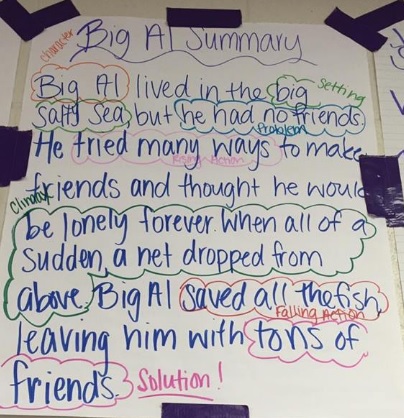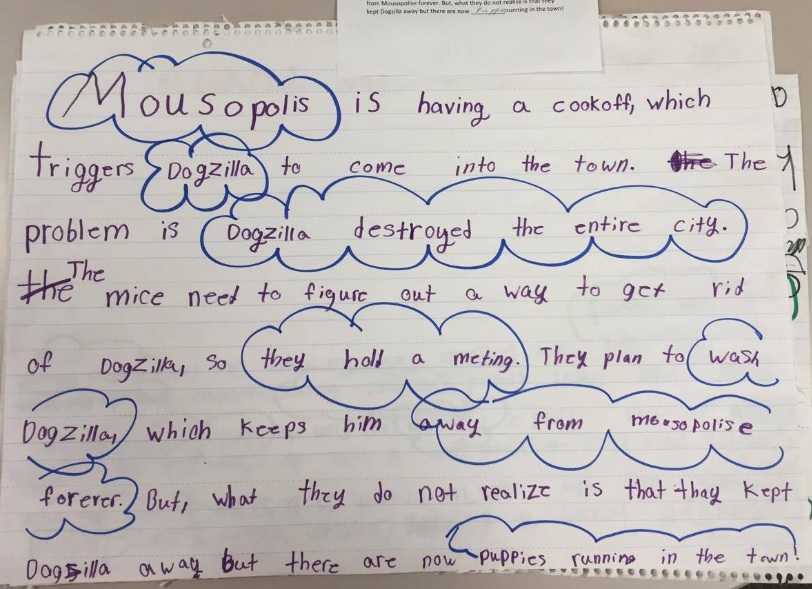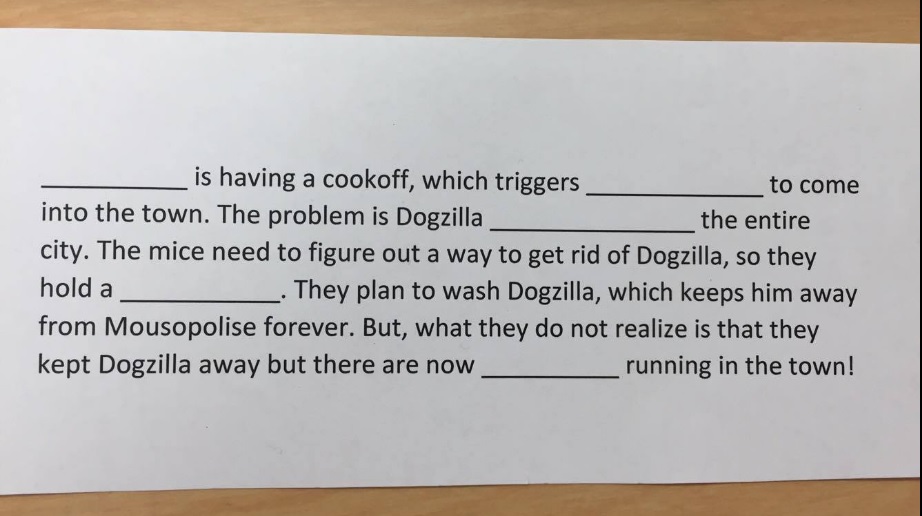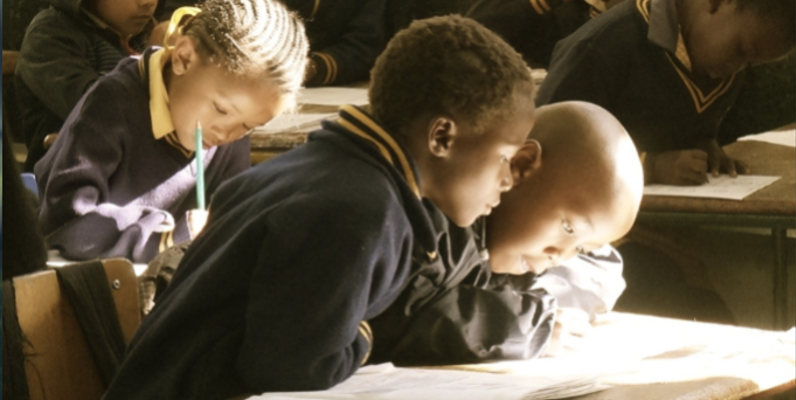In Part I of Why Is Teaching Kids To Summarize So #@*^ Difficult? I shared that the first critical step is understanding why it’s such a daunting task. “Students must determine what is most important and form ideas from the text that are written in a brief retelling and this requires students to analyze, evaluate and create; the top levels of Bloom’s Taxonomy.”
The second step to preparing students for identifying and creating summaries is to teach a collection of strategies that students can add to their repertoire of reading and writing tools.
I believe in addition to the first steps described above, teachers must also commit to providing extended time to write and read exemplary summaries and plenty of scaffolding for our students who need the added support.
Last year I had the opportunity to coach two first year teachers on the same grade level team. We put into place a plan for supporting their students (one mono-lingual and one bilingual class). We knew from our pre-assessment that students needed a lot of support and practice in writing great summaries. Our state assessment requires students to identify the best summary from multiple choice options. As we collaborated we came to believe if kids could write precise and concise summaries, then they could identify them. The key was providing them with specific criteria and a lot of models that could act as “mentors”.
Teachers first taught several ways that writers could approach writing a summary. Together students and teacher then “critiqued” the summary based on the criteria.
For example, they first taught writing summaries using the Someone Wanted But So Then strategy. The teachers started by reading a picture book and then sharing a summary she’d written using the SWBST strategy. Together the class looked for the elements of that strategy in the summary with their teacher and discussed what could be added, deleted or changed to fit the criteria.
The teachers then taught another strategy for writing a summary (elements of plot structure), and the process of reading and modeling, then critiquing began again.

After several weeks of recognizing the elements of a precise and concise summary, students worked in groups to create their own. One by one the group summaries were “critiqued” over several days.

For those students who struggled to create an entire summary on their own, the teacher provided a scaffold by writing a “near complete” summary and excluding an important element that the student would then provide. Over time more of the summary elements were left out and students no longer required the intensive support.

This combination of writing based on specific criteria, evaluating the quality of a summary, discussions about precision and ability to create a summary in a concise manner prepared students for identifying the “best” summary from a list of choices.
There is not only one way to approach summary writing and our collaborative team wanted to make that clear to students. With the teaching of a variety of strategies and the process of evaluating and critiquing, students came to understand that the end goal was the critical thinking involved and not just the search for a prescribed template.
We had to work hard to break the students of their tendency to check the summary for a sentence from the beginning of the story, one from the middle and yet another from the end (the dreaded BME strategy) which had been taught in earlier grades. Our goal became to guide students to think critically, evaluate, analyze and articulate their thoughts based on the strategy criteria.
Summarizing is one of the most difficult tasks for elementary readers and writers, but by understanding why it’s difficult, teaching a collection of strategies, providing a lot of time to write and evaluate summaries with appropriate scaffolds in place, students can experience success.










